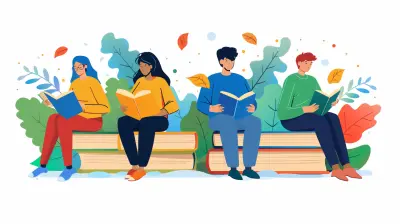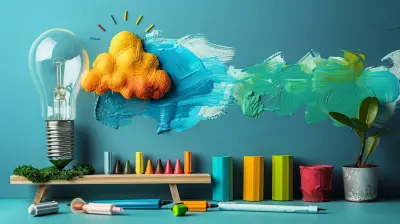Creating a Balance Between Digital and Paper Study Resources
29 July 2025
In a world where you can swipe through an entire textbook in seconds, it’s easy to think that traditional methods—like good ol’ paper and pen—are outdated relics. But hold on a minute. Before you throw your notebooks in the recycling bin, let’s talk honestly about something every student faces today: how do you balance digital and paper study resources?
Sounds simple, right? But if you’ve ever caught yourself switching between a PDF and a handwritten note, or wondering whether your tablet can actually replace those study flashcards, you know it’s anything but straightforward.
Let’s break it down together—and find that sweet spot between screen and sheet.
Why the Balance Matters
Balancing digital and paper study resources isn’t just an aesthetic choice (though those color-coded notes are gorgeous). It’s about optimizing your learning. Different mediums impact the way we absorb, retain, and engage with information.Think of it like your diet. You wouldn’t eat only protein or only carbs—you need a mix. The same goes for digital and paper-based learning. Each has its strengths and weaknesses, and finding the right combo can seriously boost your study game.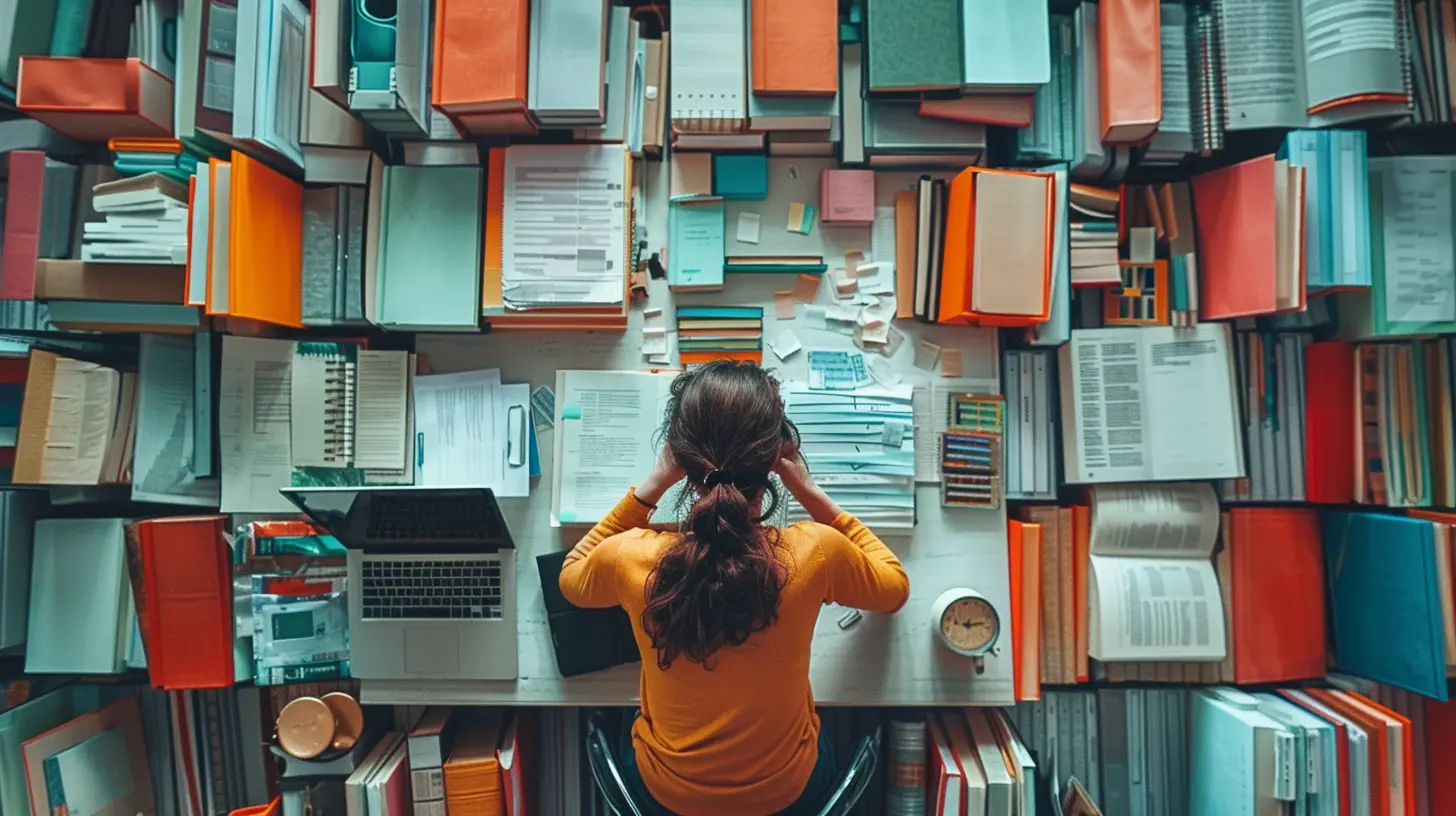
The Rise of Digital Study Resources
Endless Access, Anytime
Remember when you had to carry a backpack so heavy it could double as a dumbbell? Digital resources changed that. E-books, PDFs, online courses, educational apps—they’re all just a few clicks or taps away.You can now access an entire library right from your smartphone. Stuck in traffic? Open your spaced-repetition flashcard app. Got a five-minute break between classes? Catch up on lecture slides. The convenience alone is unbeatable.
Interactive & Engaging
Digital platforms often integrate videos, quizzes, and animations. Ever watched a YouTube video that explained a complex math concept in a way your textbook never could? That’s the digital age for you. It's dynamic, interactive, and sometimes even... fun?Tools like Google Docs for collaborative studying, apps like Notion for organizing your study schedule, or platforms like Coursera and Khan Academy provide resources that are engaging and personalized.
Environmentally Friendly? Sort of…
If you’re eco-conscious, going digital seems like a no-brainer. No paper wasted, right? While digital tools do reduce paper use, they come with their own footprint—think electricity, data centers, and discarded devices. But still, they do reduce excessive paper printing, which is a plus.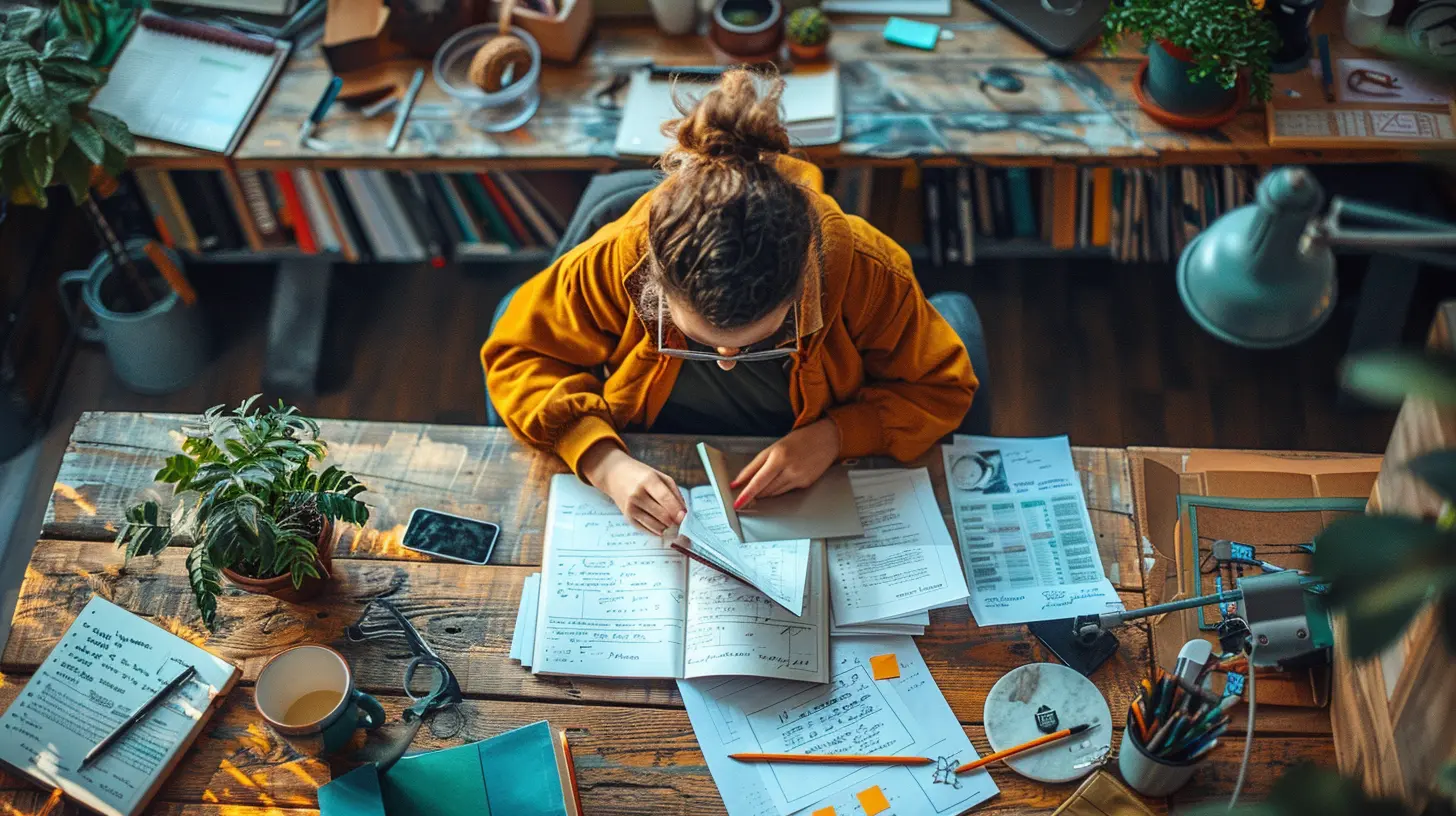
But Let’s Not Ditch Paper Just Yet
The Science Doesn't Lie
Studies have shown that people often retain information better when they write it down. Why? Writing is a slower process than typing, and that extra effort actually helps embed info into your brain. It’s called “desirable difficulty.” Simply put, the harder your brain works to process something (within reason), the better you remember it.So yeah, those handwritten notes? They’re doing more for your brain than you might think.
Fewer Distractions
Ever tried to read an online article only to find yourself scrolling Twitter 10 minutes later? Digital is great, but it comes with distractions. Notifications, social media, emails—it’s a minefield of productivity sabotage.Paper doesn’t ping you. It’s peaceful, quiet, and focused. Sometimes simplicity equals efficiency.
Eye Health Matters
Screen fatigue is real. Long hours staring at a tablet or computer can lead to dry eyes, headaches, and blurred vision. Paper doesn’t have a backlight. It doesn’t flicker. Reading from a physical book is just... easier on the eyes.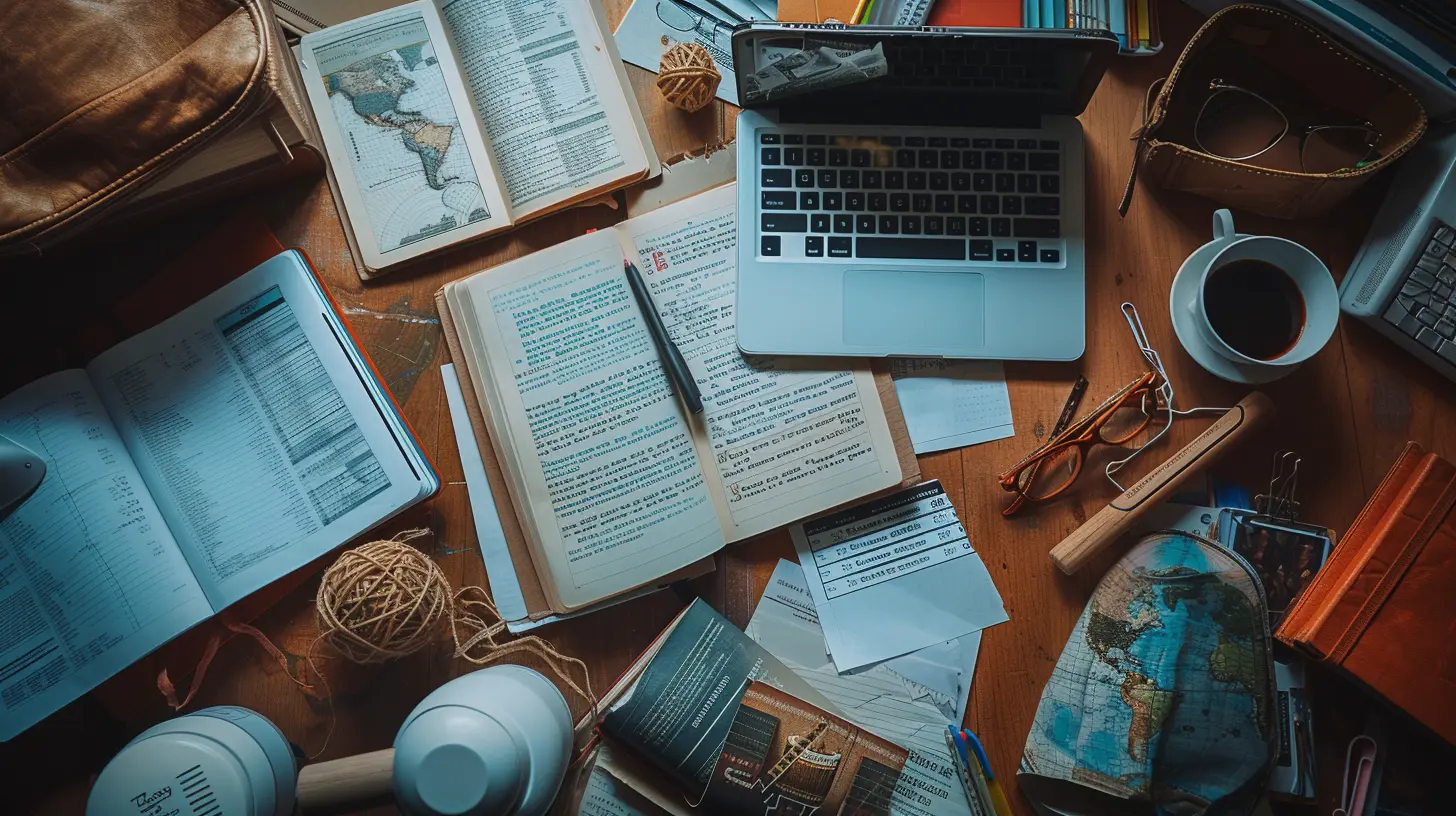
Pros and Cons at a Glance
| Feature | Digital Resources | Paper Resources ||---------------------|------------------------------------|-------------------------------------|
| Portability | Super high—everything in one device | Bulky, especially with multiple books |
| Interactivity | High—videos, quizzes, hyperlinks | Low—limited to margin notes |
| Retention | Can be lower with passive use | Higher through writing |
| Distractions | Easy to get sidetracked | Minimal distractions |
| Environmental Impact | Less paper, but uses electricity | Uses paper, but minimal tech waste |
| Physical strain | Causes screen fatigue | Easier on the eyes |
How to Create the Perfect Balance
Okay, so both formats clearly have their perks. Now what? It's all about mixing them smartly. Here’s how you can strike that oh-so-perfect balance.1. Match the Medium to the Task
Some tasks are just better suited to one format over the other.- Brainstorming? Use paper. There’s something freeing about scribbling messy thoughts on a page.
- Reviewing lectures? Go digital. Rewind, pause, take notes—easy peasy.
- Learning formulas? Paper flashcards can help with active recall.
- Reading research articles? Use a PDF with highlight features.
Tailor your tools to the task. It’s like choosing the right tool from a toolbox.
2. Use Paper for Initial Learning, Digital for Review
Start with handwritten notes when you’re learning something new. Then, digitize them—scan them in, create digital flashcards, or summarize them in a note-taking app.This way, you get the memory-boosting benefits of writing, with the convenience of carrying all your review material digitally.
3. Go Hybrid with Tech
Use tablets like iPads or styluses with digital notebooks (like GoodNotes or Notability) to get the feel of handwriting with the backup of digital storage. It’s the best of both worlds—literally.You can write, draw, and annotate, and still keep everything synced and searchable.
4. Set Digital Boundaries
Use website blockers and notification silencers when studying digitally. Break your habits of checking your phone every 5 seconds. Pomodoro timers can help too—25 minutes of focused work, 5 minutes break.Treat that tablet like a book, not a portal to procrastination.
5. Tune In to Your Learning Style
Some people are visual learners, others are auditory or kinesthetic. Figure out what makes things “stick” for you.Do diagrams help? Go paper.
Need to listen and re-listen? Go digital.
Love typing and organizing? Digital for the win.
Love color-coding and doodling around concepts? Yep, stick with paper.
Learning is personal, so there’s no one-size-fits-all strategy here.
Personal Story: My Game-Changing Study Switch
I used to be 100% digital. Everything on my laptop, notes in Evernote, classes on Zoom. But then, I bombed a test—not because I didn’t study, but because I didn’t retain. That’s when I gave paper another shot.I started writing summaries after each lecture by hand—just one page. It felt slow at first, but man, did it help! Not only did I remember more, but I actually understood better.
Now? I use both. Digital for speed and convenience. Paper for depth and clarity. It’s like using your left and right hand—they each have a role.
Tech + Tradition = Smart Studying
Let’s stop acting like we have to choose one side. Digital and paper aren’t enemies—they’re teammates.Your device can be your guide, your paper your map. Your e-book your textbook, your notebook your workbook. See where I’m going with this?
Use digital resources to access, engage, and organize. Use paper to digest, reflect, and personalize. The synergy is where the magic happens.
Wrapping It All Up
Balancing digital and paper study resources is not about what’s trendy or nostalgic—it’s about what works. If you’ve ever felt overwhelmed by the sheer number of tools available, don’t stress. Start small. Test what works for you.Make your study life efficient, engaging, and effective—on screen and on paper.
So next time someone asks whether you prefer digital or paper for studying, you can say, “Why not both?”
Because just like peanut butter and jelly, they’re better together.
all images in this post were generated using AI tools
Category:
Study HabitsAuthor:

Madeleine Newton
Discussion
rate this article
1 comments
Drake McNeal
In a world of screens and scans, don't forget the tactile magic of paper. Balancing digital and print creates a holistic learning experience, where the mind can both click and scribble—ensuring knowledge sticks in every format.
August 8, 2025 at 10:30 AM

Madeleine Newton
Absolutely! Emphasizing both digital and print resources enriches the learning experience, allowing for deeper engagement and retention.

